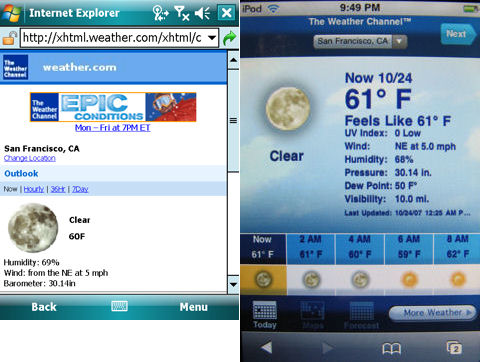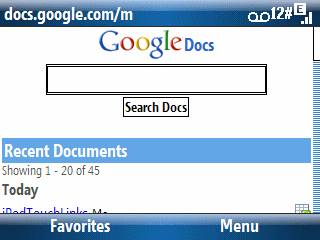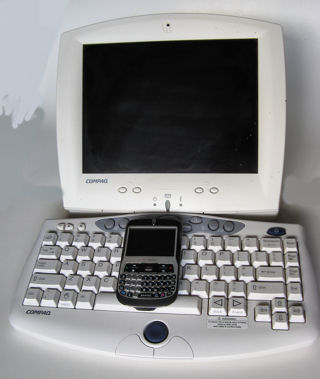
The screen shot on the left is of the Weather.com site on a Windows Mobile 6 Pocket PC (Professional Edition). The screen shot on the left is the same site tweaked for the iPhone on an iPod touch. Although it takes a lot longer to load on the iPod touch (both devices were on the same WiFi network although the Pocket PC was limited to 802.11b vs. the 802.11g for the iPod touch), the iPhone version sure looks a lot nicer and provides a lot of functionality without scrolling up and down.
Microsoft has a lot of work to do to bring the Windows Mobile Internet Explorer browser into the 21st century. The iPhone has clearly inspired a lot of firms and their web designers to maximize web-impact for the iPhone’s Safari browser in a way that we have not seen previously for other web-enabled mobile devices.
Microsoft’s announcements of more enterprise mobile-enabling products for 2008 is good for the enterprise. But, again, that is clearly not where most of us are these days even if we work for a large organization. Microsoft really needs to focus on the basics and fix the broken stories at that level: Internet Explorer, ActiveSync and Windows Mobile Device Center, and alarms are just a few of the basics that need fixing.

